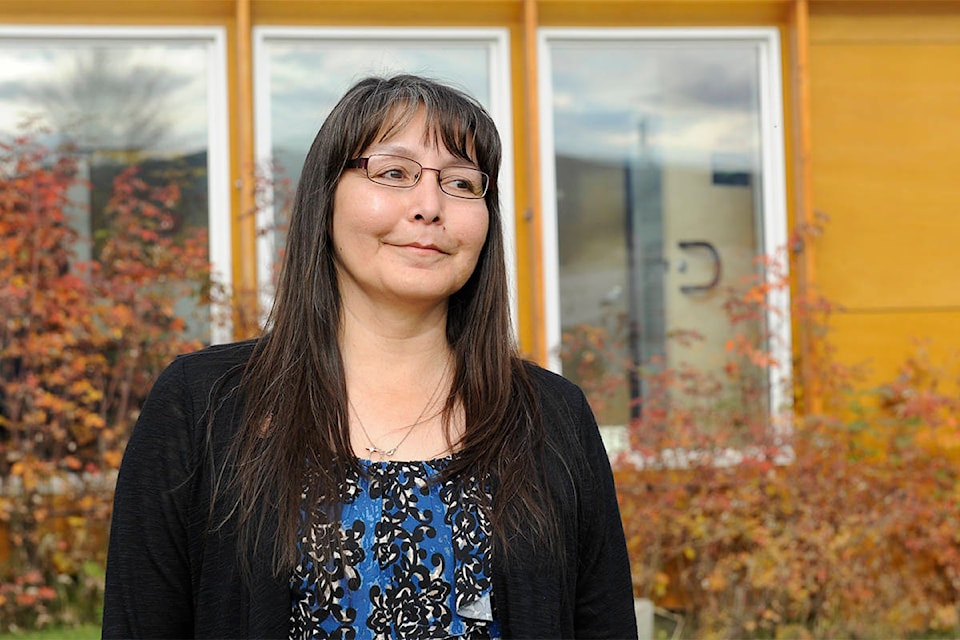Tr’ondëk Hwëch’in is asking citizens to voluntarily refrain from fishing fall chum salmon.
The request, enshrined in a resolution passed by the First Nation’s council following a meeting Sept. 10, comes in the midst of the worst Yukon River fall chum run on record — only about 189,000 fish, compared to an average of closer to one million.
The Yukon Salmon Sub-Committee has also recommended that Yukon First Nations, the only group allowed to fish for chum at the moment, take additional measures to conserve harvest.
“We’ve never experienced this with the fall chum,” Tr’ondëk Hwëch’in Chief Roberta Joseph said about the voluntary closure in an interview Sept. 15.
Tr’ondëk Hwëch’in is no stranger to voluntary fishing closures; it’s had one in place for Chinook salmon since 2013. As a result, citizens have resorted to fishing for fall chum instead to meet their subsistence needs, making the species, traditionally seen as more suitable for dog food or as bait for traps, “extremely important,” Joseph explained.
“We’ve really been relying on fall chum for five to six years now for our community and certainly that’s been challenging for us, to decide on how we’re going to move forward with salmon management in TH traditional territory and working with others outside of the traditional territory,” she said.
The resolution isn’t so much a ban as a suggestion; citizens may still fish if they wish to, and it also provides for a small harvest to take place in order to meet the needs of elders and food programs in the community.
However, “no one” has been fishing, Joseph said; she couldn’t provide an update on what the run was looking like at Dawson City because nobody’s been harvesting, although she added that typically, at this time of year, chum should have been swimming by for one to two weeks now.
Joseph said she thinks there needs to be new and better methods put in place to forecast and then monitor chum runs on the Yukon River. Summer chum, she noted, don’t cross into the Yukon, only swimming as far as the Tanana River; there should be closer monitoring between where the Tanana meets the mainstem and the border to paint a clearer picture of what the fall chum migration looks like.
“Because of the way the environment is changing, maybe the migration is actually changing,” she said.
“The council will look at other avenues of providing salmon to the community,” Joseph added. “That’s something we’re going to do, that’s something that will happen.”
As of Sept. 14, 5,711 fall chum had crossed into Canada. The total number of Canadian-origin fall chum in the run is estimated to be about 47,250, making it impossible to meet an international goal of getting 70,000 to 140,000 fish to their spawning grounds.
Contact Jackie Hong at jackie.hong@yukon-news.com
